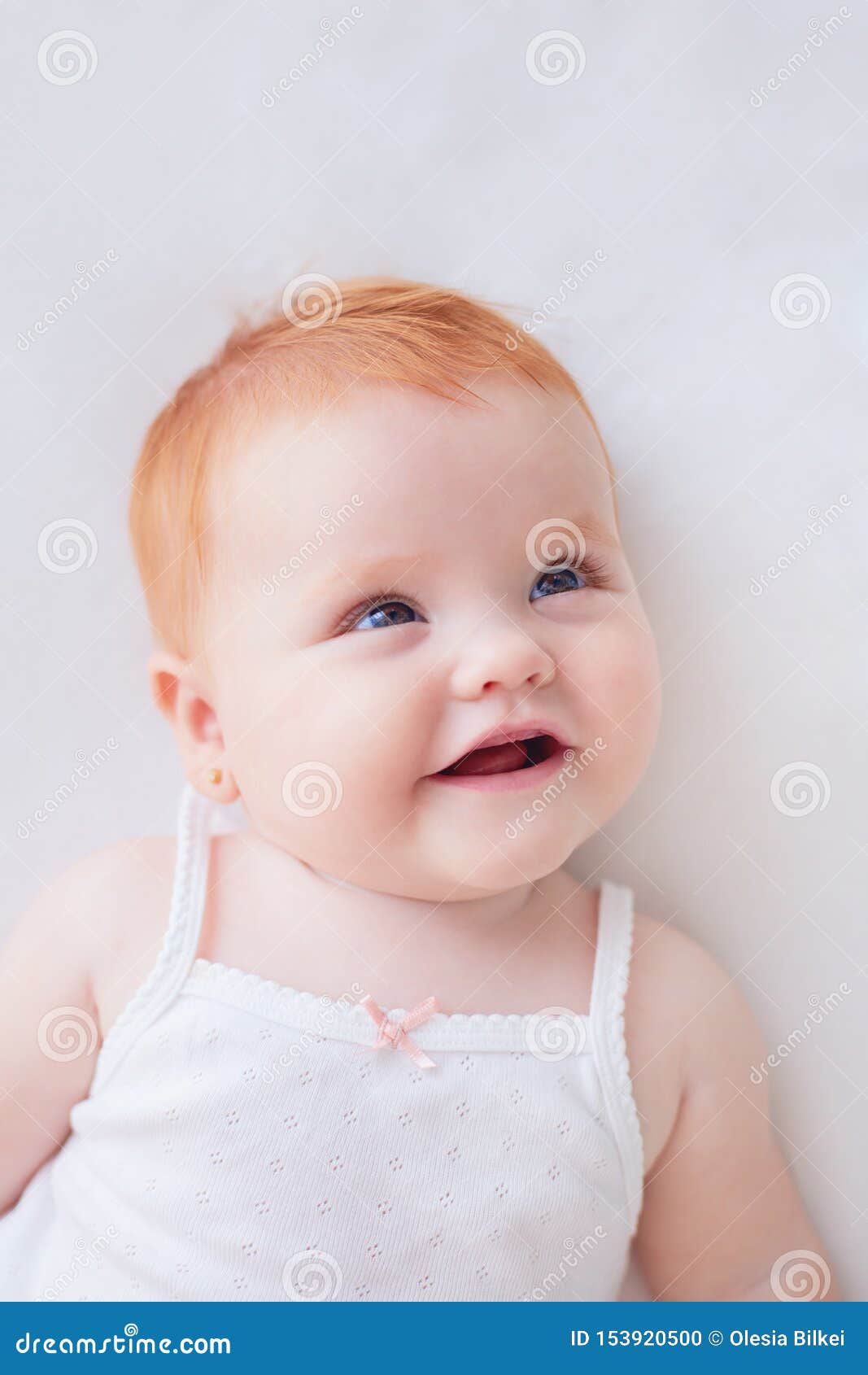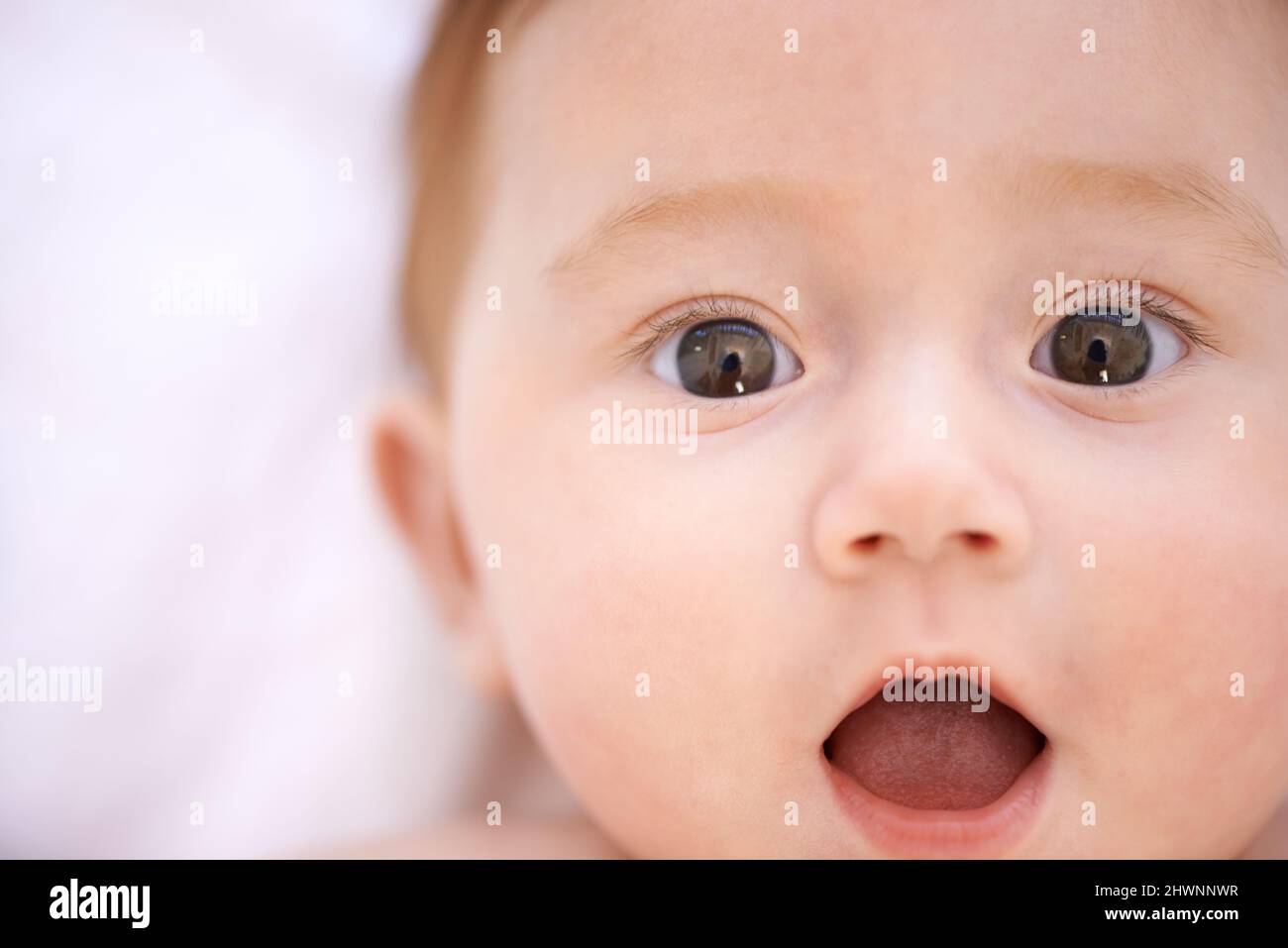Baby With Red Hair: A Unique Journey Into The World Of Ginger Babies
Red hair in babies is a rare and fascinating phenomenon that has intrigued people for generations. Often referred to as "ginger babies," these little ones carry a distinct genetic trait that sets them apart from others. The striking combination of fair skin, freckles, and fiery locks makes red-haired babies truly special.
Beyond their unique appearance, babies with red hair often face misconceptions and myths. This article aims to shed light on the science behind red hair, its cultural significance, and how parents can care for their ginger babies in the best possible way. By understanding the genetics and addressing common concerns, we can celebrate the beauty of red-haired children.
Join us as we explore the world of babies with red hair, uncovering the science, myths, and realities surrounding this rare genetic trait. Whether you're a parent, a caregiver, or simply curious about red-haired babies, this article will provide valuable insights and practical advice to help you embrace this unique characteristic.
Read also:Patrick Catullo The Man Behind The Magic In Music
Understanding the Genetics of Red Hair in Babies
Red hair is the result of a specific genetic mutation that occurs in the MC1R gene. This gene is responsible for producing melanin, the pigment that determines our hair and skin color. When both parents carry the recessive gene for red hair, there's a chance their baby could be born with fiery locks. Statistically, only about 1-2% of the world's population has red hair, making it one of the rarest hair colors.
Key points about red hair genetics:
- Red hair is caused by a mutation in the MC1R gene.
- Both parents must carry the recessive gene for their child to have red hair.
- Even if neither parent has red hair, they can still pass on the gene to their baby.
According to a study published in the journal Nature Genetics, red-haired individuals often have a unique set of characteristics, including fair skin, freckles, and a higher sensitivity to sunlight. These traits are closely linked to the MC1R gene mutation, which affects how melanin is produced in the body.
The Rarity of Babies with Red Hair
While red hair is relatively common in certain parts of the world, such as Scotland and Ireland, it remains a rare trait globally. In fact, only about 13% of people in Scotland and 10% in Ireland have red hair, making it even more special when a baby is born with this distinctive feature. The rarity of red hair adds to its allure and makes ginger babies stand out in a crowd.
Regional Distribution of Red Hair
The distribution of red hair varies significantly across different regions. Countries with Celtic ancestry, such as Ireland, Scotland, and Wales, have the highest concentration of red-haired individuals. In contrast, red hair is extremely rare in Asia, Africa, and South America. This geographic variation highlights the genetic diversity that contributes to the uniqueness of red-haired babies.
Common Myths and Facts About Baby with Red Hair
Over the years, numerous myths and misconceptions have surrounded babies with red hair. From personality traits to health concerns, these myths have persisted despite scientific evidence disproving them. Below, we explore some of the most common myths and separate fact from fiction.
Read also:Jack Staddon The Rise Of A Modernday Entrepreneur And Innovator
- Myth: Babies with red hair are more prone to anger.
- Fact: There is no scientific evidence to support this claim. Personality traits are influenced by a variety of factors, including environment and upbringing.
- Myth: Red-haired babies are more sensitive to pain.
- Fact: Some studies suggest that individuals with red hair may have a higher sensitivity to certain types of pain, but this is not universally true for all red-haired babies.
Debunking the Stereotypes
Stereotypes about red-haired babies often stem from cultural misconceptions and historical prejudice. By educating ourselves and others about the science behind red hair, we can help dismantle these harmful stereotypes and celebrate the diversity of ginger babies.
Physical Characteristics of Babies with Red Hair
Babies with red hair often exhibit a range of physical characteristics that make them easily recognizable. These traits include:
- Fair or pale skin
- Freckles
- Sensitive skin prone to sunburn
- Vivid red or auburn hair
While these characteristics are beautiful, they also require special care and attention. Parents of red-haired babies must take extra precautions to protect their child's skin from sun exposure and ensure their overall health and well-being.
Caring for the Skin of Red-Haired Babies
Due to their fair skin and increased sensitivity to sunlight, babies with red hair require extra protection from UV rays. Here are some tips for caring for the skin of red-haired babies:
- Use a broad-spectrum sunscreen with at least SPF 50.
- Limit sun exposure during peak hours (10 a.m. to 4 p.m.).
- Dress your baby in protective clothing, such as long sleeves and wide-brimmed hats.
Cultural Significance of Red Hair
Throughout history, red hair has held various cultural meanings and associations. In some cultures, red-haired individuals were seen as magical or mystical, while in others, they faced discrimination and prejudice. Today, red hair is celebrated as a symbol of individuality and uniqueness, with many people embracing their fiery locks with pride.
Famous Red-Haired Figures in History
From historical figures like Queen Elizabeth I to modern-day celebrities like Emma Watson, red-haired individuals have left a lasting impact on culture and society. These famous ginger babies have helped to break down stereotypes and inspire others to embrace their natural beauty.
Health Considerations for Babies with Red Hair
Babies with red hair may have certain health considerations that parents should be aware of. For example, their fair skin makes them more susceptible to sunburn and skin cancer later in life. Additionally, some studies suggest that red-haired individuals may have a higher sensitivity to certain types of pain, although this varies from person to person.
Protecting Your Baby's Health
To ensure the health and well-being of your red-haired baby, consider the following tips:
- Regularly apply sunscreen and avoid prolonged sun exposure.
- Teach your child about the importance of sun safety as they grow older.
- Monitor your baby's skin for any signs of irritation or sunburn.
Embracing Your Baby's Unique Identity
As a parent of a baby with red hair, it's important to embrace your child's unique identity and help them build confidence in their appearance. Encourage your baby to love their fiery locks and celebrate their individuality. By fostering a positive self-image from an early age, you can help your child navigate any challenges they may face due to their red hair.
Building Confidence in Red-Haired Babies
Here are some ways to build confidence in your red-haired baby:
- Teach them about the science behind red hair and its rarity.
- Expose them to positive representations of red-haired individuals in media and culture.
- Encourage them to express themselves and embrace their unique qualities.
Practical Tips for Parents of Red-Haired Babies
Raising a baby with red hair comes with its own set of challenges and rewards. From choosing the right skincare products to dealing with potential bullying, parents of red-haired babies must be prepared to advocate for their child's needs. Below, we provide some practical tips for parents of red-haired babies:
Choosing the Right Skincare Products
When selecting skincare products for your red-haired baby, look for gentle, hypoallergenic formulas that are free from harsh chemicals. Opt for products specifically designed for sensitive skin to minimize the risk of irritation.
Conclusion
Babies with red hair are a rare and beautiful gift, bringing joy and wonder to those fortunate enough to meet them. By understanding the genetics, cultural significance, and health considerations associated with red hair, parents can better care for their ginger babies and help them thrive. Embrace your baby's unique identity and celebrate the beauty of red hair.
We invite you to share your thoughts and experiences in the comments below. Do you have a red-haired baby? What challenges or joys have you encountered along the way? Don't forget to explore our other articles for more insights into parenting and child development.
Table of Contents
- Understanding the Genetics of Red Hair in Babies
- The Rarity of Babies with Red Hair
- Common Myths and Facts About Baby with Red Hair
- Physical Characteristics of Babies with Red Hair
- Cultural Significance of Red Hair
- Health Considerations for Babies with Red Hair
- Embracing Your Baby's Unique Identity
- Practical Tips for Parents of Red-Haired Babies
- Choosing the Right Skincare Products
- Conclusion


